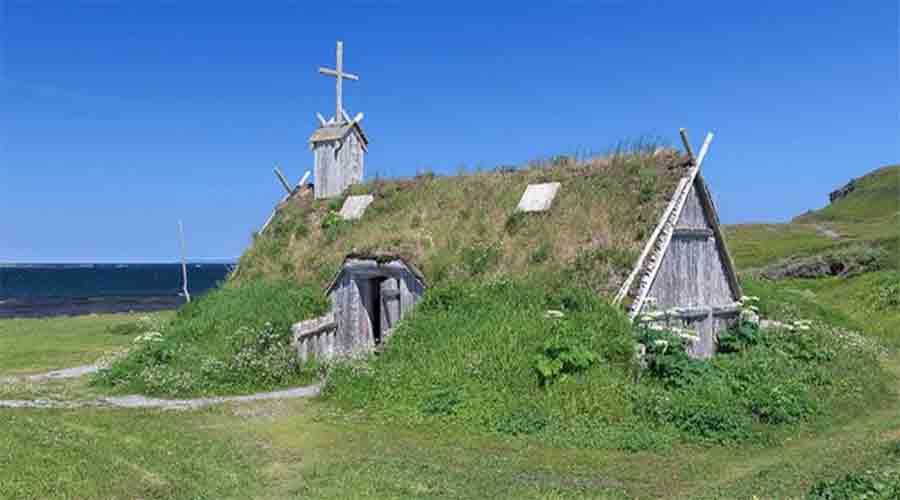Long before Columbus crossed the Atlantic, eight timber-framed buildings covered in sod stood on a terrace above a peat bog and stream at the northern tip of Canada’s island of Newfoundland, evidence that the Vikings had reached the New World first.
But precisely when the Vikings journeyed to establish the L’Anse aux Meadows settlement had remained unclear — until now.
Scientists on Wednesday said a new type of dating technique using a long-ago solar storm as a reference point revealed that the settlement was occupied in 1021 AD, exactly a millennium ago and 471 years before the first voyage of Columbus. The technique was used on three pieces of wood cut for the settlement, all pointing to the same year.
The Viking voyage represents multiple milestones for humankind. The settlement offers the earliest-known evidence of a transatlantic crossing. It also marks the place where the globe was finally encircled by humans, who thousands of years earlier had trekked into North America over a land bridge that once connected Siberia to Alaska.
“Much kudos should go to these northern Europeans for being the first human society to traverse the Atlantic,” said geoscientist Michael Dee of the University of Groningen in the Netherlands, who led the study published in the journal Nature.
The Vikings, or Norse people, were seafarers with Scandinavian homelands: Norway, Sweden and Denmark. They ventured through Europe, sometimes colonising and other times trading or raiding. They possessed extraordinary boat-building and navigation skills and established settlements on Iceland and Greenland.
“I think it is fair to describe the trip as both a voyage of discovery and a search for new sources of raw materials,” Dee said.
“Many archaeologists believe the principal motivation for them seeking out these new territories was to uncover new sources of timber, in particular.It is generally believed they left from Greenland, where wood suitable for construction is extremely rare.”











